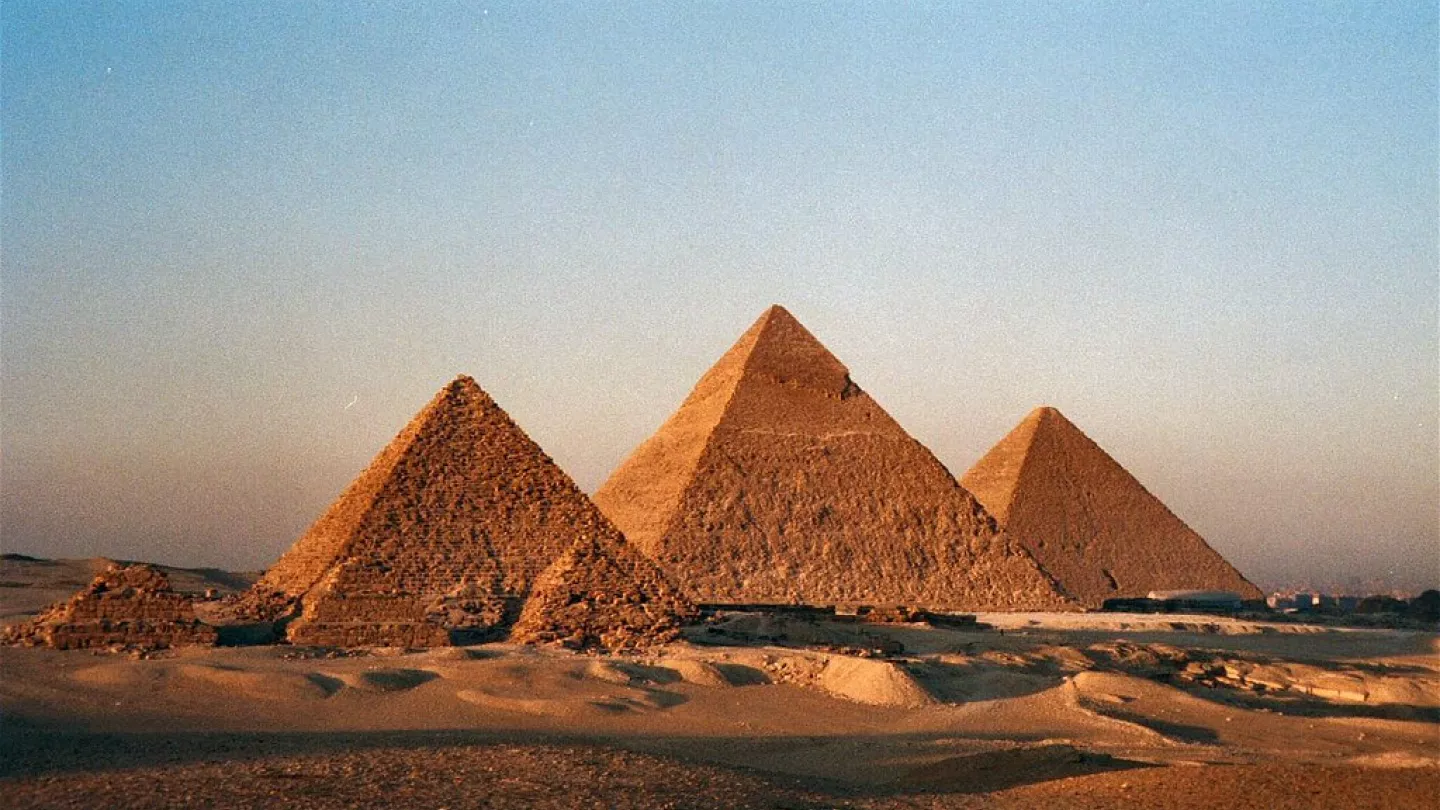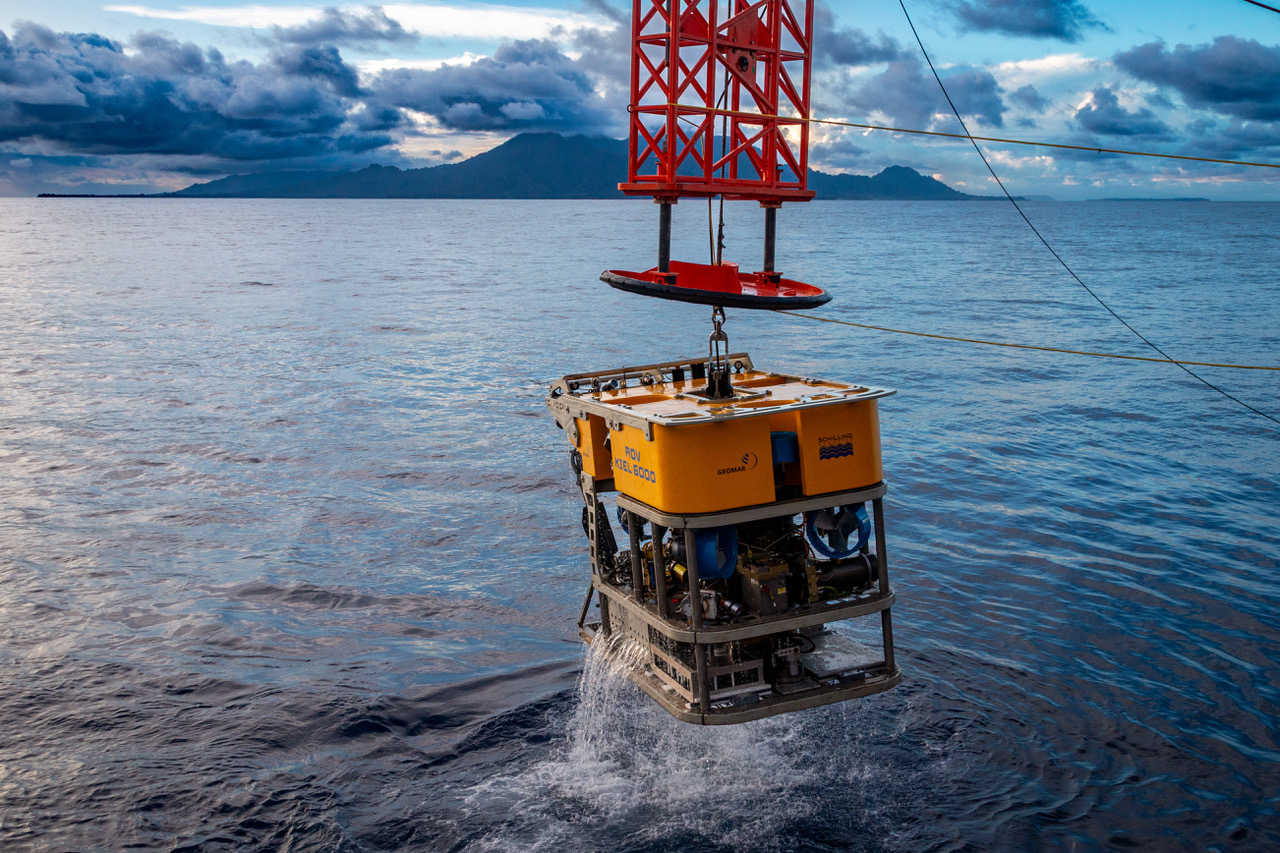In a groundbreaking development, researchers from Italy and Scotland have utilized advanced radar technology to uncover a vast underground city beneath Egypt’s Pyramids of Giza. Stretching over 6,500 feet below the surface, this subterranean complex is believed to contain numerous structures, including pillar-shaped formations, cylindrical wells, spiral pathways, cube-shaped structures, and interconnected chambers. The project spokesperson, Nicole Ciccolo, emphasized the groundbreaking nature of this find, suggesting it could redefine our understanding of ancient Egyptian civilization.
However, the discovery has faced scrutiny from independent radar experts, who question the feasibility of detecting structures at such depths with current radar technology. They suggest that radar pulses may not penetrate that far underground, casting doubt on the findings. Additionally, excavation efforts face challenges in gaining approval from Egyptian authorities, and the findings await peer review to validate their authenticity. This development adds to previous intriguing discoveries near the pyramids, including an ‘L-shape’ structure and the remains of workers, prompting a reevaluation of our understanding of ancient Egypt.
This discovery underscores the potential of modern technology in unveiling the mysteries of our past. As research continues and further investigations are conducted, we may gain unprecedented insights into the architectural prowess and societal structures of ancient Egyptian civilization.




